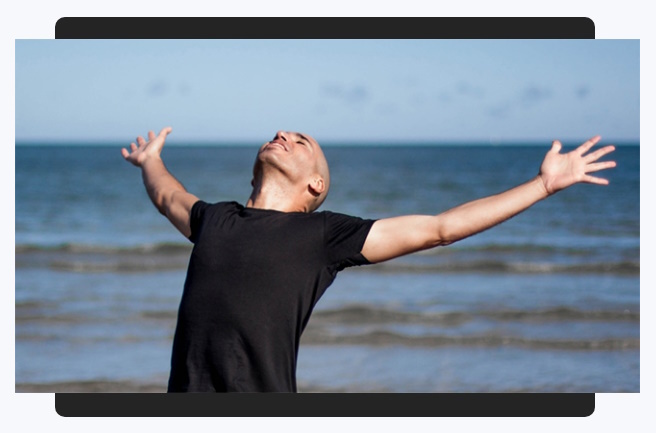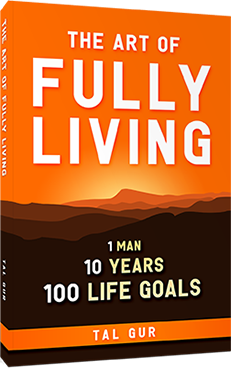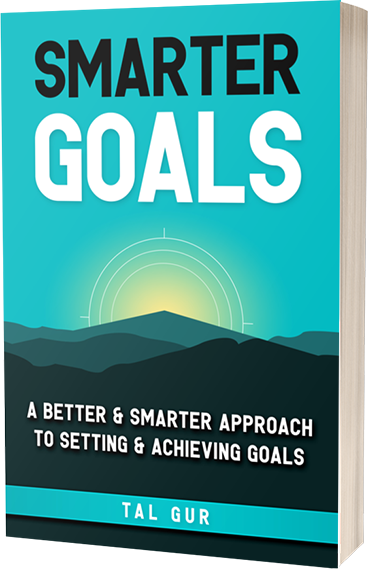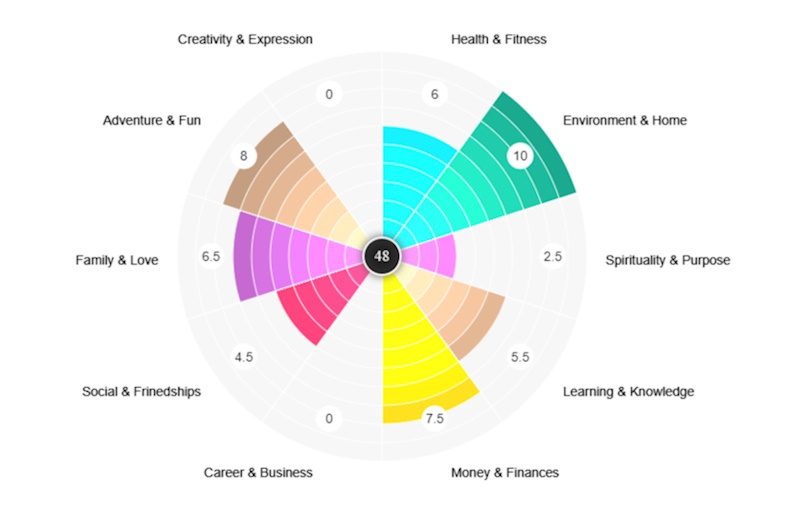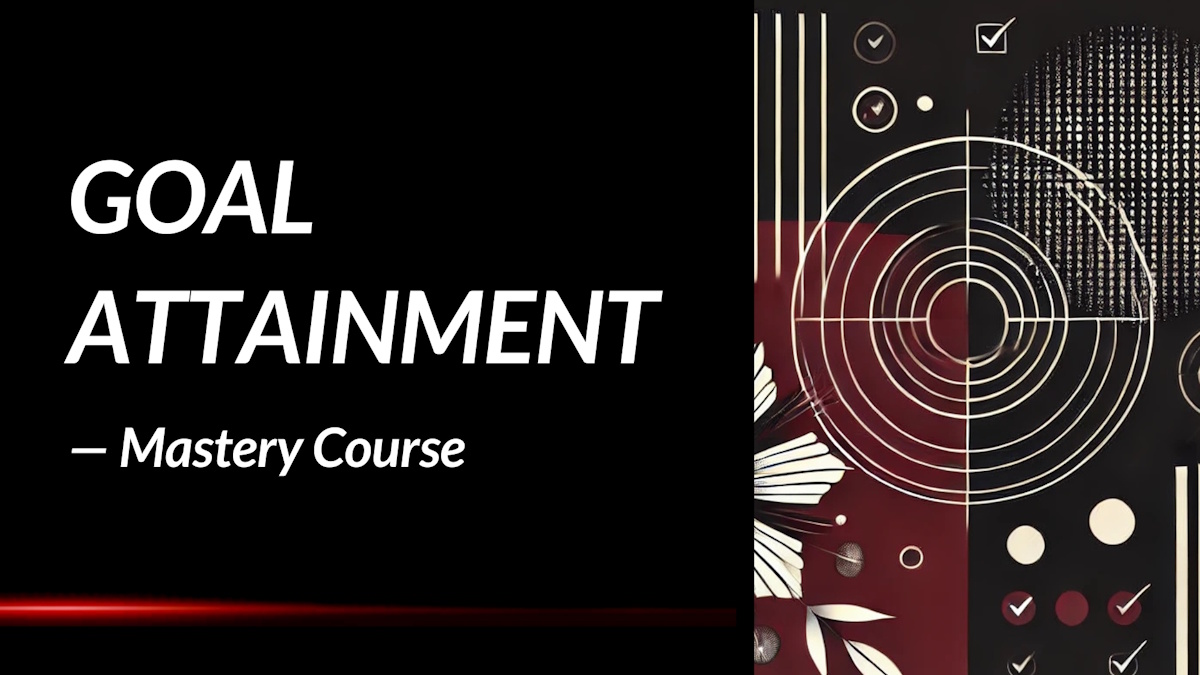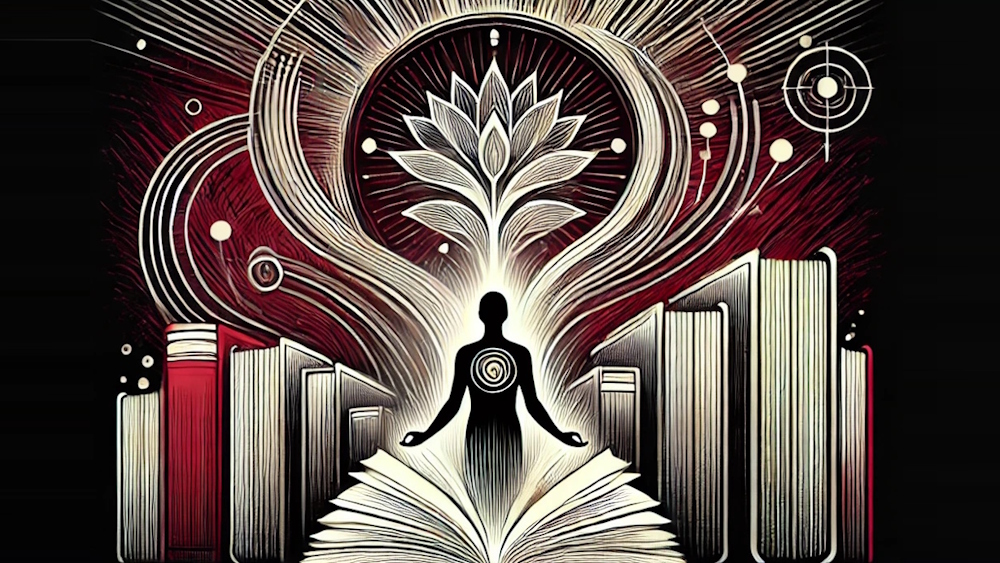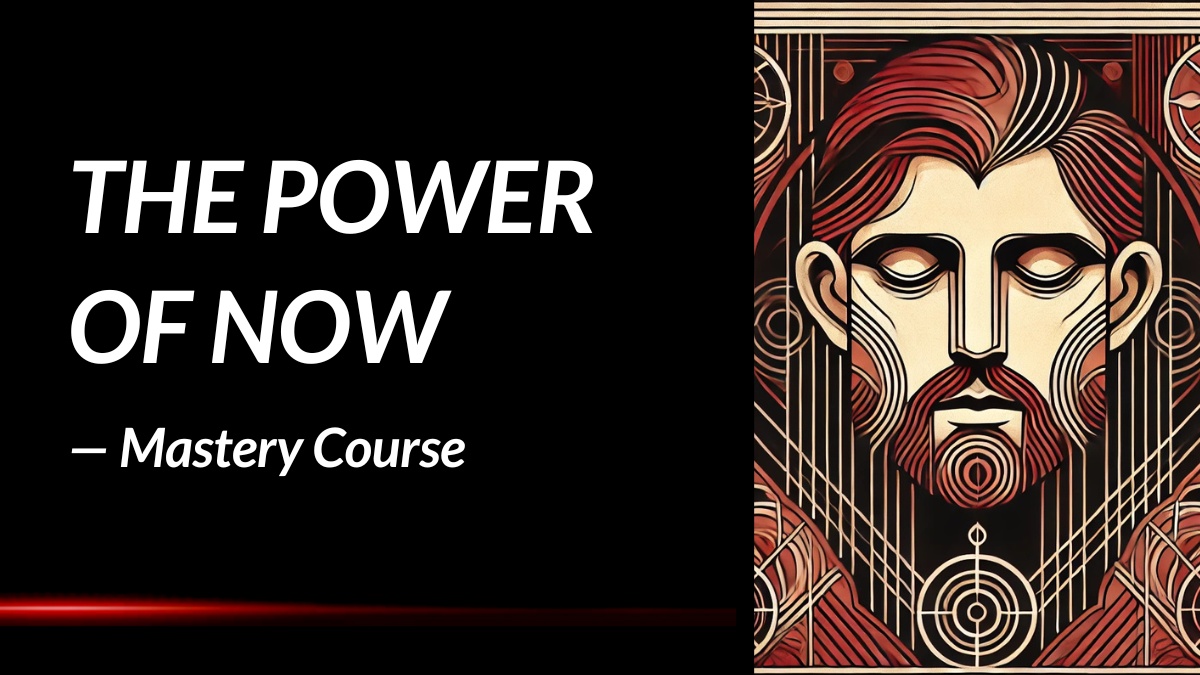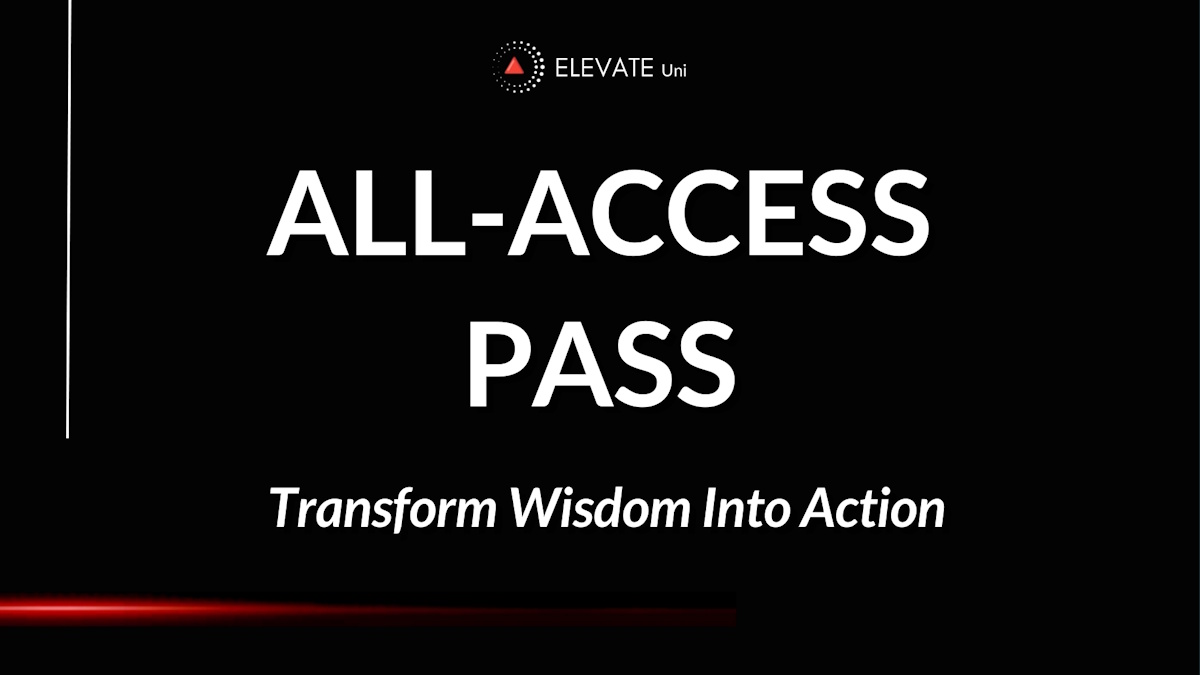Love It or Lose It: Summary Review
Is your living space overwhelmed by clutter, leaving you feeling stressed and disorganized? In Love It or Lose It: Living Clutter-Free Forever, renowned organizing expert Barbara Hemphill offers a transformative approach to decluttering, providing practical strategies to help you reclaim your space and peace of mind.
What is the Book About?
In Love It or Lose It: Living Clutter-Free Forever, Barbara Hemphill introduces readers to her innovative "5-Step Clutter Campaign," a systematic approach designed to tackle clutter at its roots. This method guides individuals through identifying, assessing, and ultimately eliminating unnecessary items from their homes and workspaces. By emphasizing the importance of making intentional decisions about possessions, Hemphill empowers readers to create environments that reflect their values and support their goals.
Beyond mere organization techniques, the book delves into the psychological aspects of clutter, exploring how our attachments to objects can impact our emotional well-being and productivity. Hemphill provides actionable advice on maintaining a clutter-free lifestyle, ensuring that readers not only achieve but also sustain the benefits of an organized space. Her approach is both compassionate and practical, acknowledging the challenges of decluttering while offering clear, achievable solutions.
Book Details
Print length: The paperback version of the book contains 160 pages.
Language: English.
Publication date: The book was published on January 1, 2001.
Genre: Self-help / Home Organization.
Book Author
Core Theme
At its heart, Love It or Lose It: Living Clutter-Free Forever emphasizes the profound connection between our external environments and internal well-being. Hemphill posits that clutter is not just a physical issue but also an emotional one, reflecting deeper patterns of behavior and thought. By addressing the underlying causes of clutter, individuals can foster greater self-awareness and personal growth.
The book advocates for a mindful approach to possessions, encouraging readers to evaluate the true value and purpose of each item they own. This philosophy extends beyond tidying up; it's about cultivating a lifestyle where one's surroundings are in harmony with one's aspirations and values. Through practical steps and insightful reflections, Hemphill guides readers toward creating spaces that nurture clarity, efficiency, and joy.
Main Lessons
A few impactful summary lessons from Love It or Lose It:
1. Make Peace with Letting Go
One of the most transformative insights from "Love It or Lose It" is the realization that holding on to unnecessary items burdens both the mind and the spirit. The book challenges readers to rethink their attachment to material possessions, emphasizing that emotional ties to clutter can often hinder progress. Letting go is not just about clearing physical space but also about releasing the mental weight that accumulated possessions can create. Barbara Hemphill highlights that the journey to decluttering begins with understanding why we hold on to things and making peace with the decision to part ways with what no longer serves us. This perspective fosters a mindset of liberation and makes the act of decluttering feel less like loss and more like a step towards freedom.
2. Your Space Reflects Your State of Mind
The book brilliantly connects the physical environment with the mental state of the individual. Cluttered spaces are often a manifestation of internal chaos, stress, or unresolved issues. Barbara Hemphill guides readers to recognize that decluttering is not merely about aesthetic appeal but about cultivating a sense of calm and control. When the environment is orderly and thoughtfully organized, it reflects a more intentional and purposeful approach to life. This concept urges readers to view their living spaces as mirrors of their inner worlds, encouraging them to create environments that promote mental clarity and well-being.
3. Take the First Step, No Matter How Small
One of the most encouraging lessons from the book is to simply start somewhere, no matter how small the effort may seem. Barbara Hemphill emphasizes that the sheer thought of decluttering can be overwhelming, but breaking the task into manageable parts makes it less daunting. Whether it’s a single drawer or a corner of a room, beginning the process sets momentum in motion. The sense of accomplishment from these small victories builds confidence, making larger projects feel more attainable. This approach also aligns with the philosophy of progress over perfection, fostering a mindset that values consistent effort over instant transformation.
4. Sentimental Clutter Is the Hardest to Tackle
"Love It or Lose It" dives into the complex relationship people have with sentimental objects. The book acknowledges that items tied to memories and emotions are the most challenging to let go of. Barbara Hemphill advises evaluating whether the object truly adds value or if it simply preserves guilt or nostalgia. Sometimes, keeping an item out of a sense of obligation can prevent one from moving forward. By honoring memories without being bound by objects, readers learn to differentiate between meaningful keepsakes and burdensome relics, ultimately lightening both physical and emotional loads.
5. A Clutter-Free Space Fosters Mental Clarity
One of the most profound takeaways from the book is the direct correlation between physical order and mental clarity. Clutter distracts and drains mental energy, while a well-organized space fosters creativity and focus. Barbara Hemphill illustrates how creating systems to manage belongings not only simplifies daily routines but also nurtures a more peaceful mindset. The freedom to move through a space without stumbling over objects or feeling overwhelmed by disorganization has a ripple effect on one’s mental well-being. This lesson reinforces the idea that investing in tidiness is, in fact, investing in a more balanced and productive life.
6. Don’t Let Stuff Steal Your Joy
Barbara Hemphill emphasizes that material possessions should not hold power over our happiness. The book explores the idea that clinging to excess items can obscure the joy of living in the moment. It’s easy to let things pile up, but at what cost? The burden of maintaining, cleaning, and storing unnecessary possessions can detract from living a fulfilling life. Instead of allowing clutter to dictate our days, the book encourages a shift towards valuing experiences over objects. By consciously choosing what truly matters, readers reclaim their time and mental space, ultimately enhancing their quality of life.
7. Develop a System That Works for You
Rather than advocating for a one-size-fits-all approach, the book encourages readers to find a decluttering system that aligns with their personality and lifestyle. Barbara Hemphill understands that what works for one person might not suit another, and therefore, flexibility is key. Whether it’s categorizing items by usage, sentimental value, or frequency of need, the goal is to create a sustainable routine that prevents clutter from returning. This personalized approach empowers readers to take ownership of their organization journey, ensuring that their chosen method remains practical and relevant over time.
8. Learn from the Clutter Cycle
Clutter often follows a repetitive pattern, and breaking free from it requires understanding why it happens in the first place. The book highlights that recognizing one’s habits and triggers is crucial to stopping the cycle of accumulation. Whether it’s emotional shopping, the inability to say no, or attaching identity to possessions, pinpointing these patterns allows for more mindful decisions. Barbara Hemphill teaches that awareness is the first step towards transformation. By learning from past clutter mistakes, readers can implement strategies that prevent relapse, creating a more intentional approach to ownership.
9. Clutter Is Not Just Physical
Barbara Hemphill broadens the concept of clutter beyond just physical items. Mental clutter, digital overload, and emotional baggage are equally significant. The book urges readers to assess not only their physical spaces but also their mental landscapes. Letting go of outdated beliefs, unnecessary commitments, and digital chaos can be just as liberating as clearing out a closet. This holistic approach to decluttering emphasizes that simplifying life means addressing all areas where excess has taken root, leading to a more comprehensive and lasting sense of peace.
10. Simplifying Your Space Simplifies Your Life
The ultimate message from "Love It or Lose It" is that simplicity is inherently powerful. By reducing the number of possessions, one creates room for what truly matters. Barbara Hemphill makes it clear that minimalism is not about deprivation but about intentionality. A simplified environment reduces stress, increases productivity, and fosters a sense of freedom. When spaces are free from unnecessary items, life feels lighter and more manageable. This lesson is a gentle reminder that sometimes, the most profound change comes from the simplest choices.
Key Takeaways
Key summary takeaways from the book:
- Implement the "5-Step Clutter Campaign" to systematically address and eliminate clutter.
- Recognize the emotional attachments to possessions and understand how they contribute to clutter.
- Develop habits that prevent the accumulation of unnecessary items in the future.
- Create personalized organizational systems that align with individual lifestyles and needs.
- Experience increased productivity and mental clarity by maintaining an organized environment.
Book Strengths
Love It or Lose It: Living Clutter-Free Forever stands out for its compassionate and practical approach to decluttering. Hemphill combines her extensive experience with relatable anecdotes and actionable advice, making the process accessible and achievable for readers. The book's emphasis on the emotional aspects of clutter offers a deeper understanding of why we hold onto things, facilitating more meaningful and lasting change.
Who This Book Is For
This book is ideal for individuals seeking to regain control over their living or workspaces and desiring a holistic approach to organization. Whether you're overwhelmed by years of accumulated belongings or simply looking to refine your environment, Hemphill's insights provide valuable guidance. It's particularly beneficial for those who recognize the link between their physical surroundings and overall well-being.
Why Should You Read This Book?
If you're ready to transform your space and, by extension, your life, Love It or Lose It: Living Clutter-Free Forever offers the tools and understanding needed to embark on that journey. Hemphill's expertise and empathetic approach make the daunting task of decluttering manageable and even empowering. By following her guidance, you can create an environment that truly reflects and supports your best self.
Concluding Thoughts.
In a world where material possessions often accumulate unnoticed, leading to cluttered spaces and minds, Love It or Lose It: Living Clutter-Free Forever serves as a timely reminder of the importance of intentional living. Barbara Hemphill's blend of practical strategies and psychological insights offers a comprehensive roadmap to not only decluttering but also to fostering a more mindful and fulfilling lifestyle.
Embracing the principles outlined in this book can lead to profound changes, turning chaotic spaces into sanctuaries of order and tranquility. If you're seeking a path to a clutter-free and more purposeful existence, this book is an invaluable companion on that journey.
→ Get the book on Amazon or discover more via the author's website/webinar or social channels.
* The publisher and editor of this summary review made every effort to maintain information accuracy, including any published quotes, lessons, takeaways, or summary notes.
Chief Editor
 Tal Gur is an author, founder, and impact-driven entrepreneur at heart. After trading his daily grind for a life of his own daring design, he spent a decade pursuing 100 major life goals around the globe. His journey and most recent book, The Art of Fully Living, has led him to found Elevate Society.
Tal Gur is an author, founder, and impact-driven entrepreneur at heart. After trading his daily grind for a life of his own daring design, he spent a decade pursuing 100 major life goals around the globe. His journey and most recent book, The Art of Fully Living, has led him to found Elevate Society.

